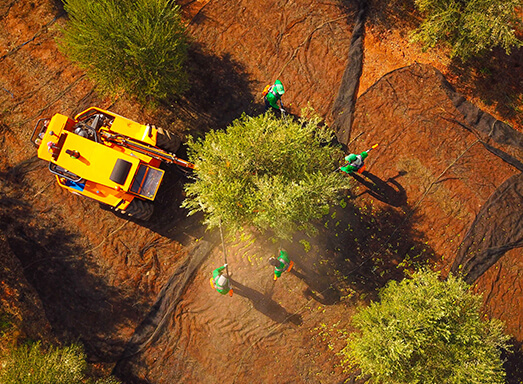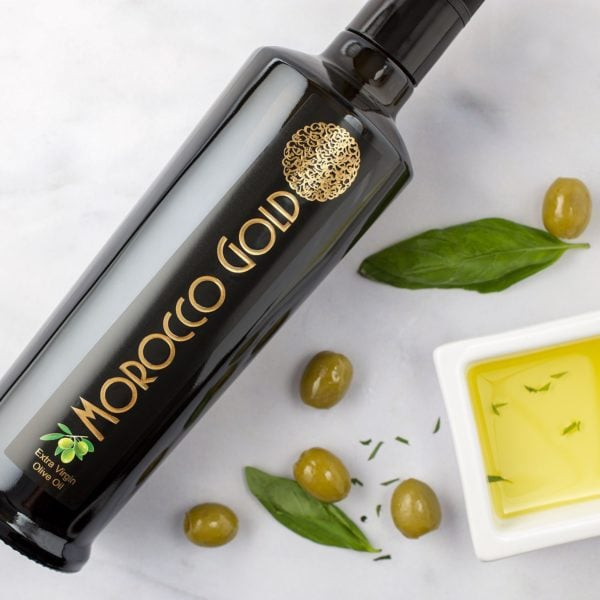- Published on
Unlocking the Rich Flavors of Olive Oil in Morocco
- Authors

- Name
- Adil ABBADI
Introduction
Morocco, a country situated in the northwestern corner of Africa, is often associated with spices, tagines, and vibrant souks. However, another crucial element of Moroccan cuisine is olive oil, which plays a vital role in the country's culinary identity. In this blog, we'll delve into the world of olive oil in Morocco, exploring its history, production, and cultural significance.
- A Brief History of Olive Oil in Morocco
- Olive Oil Production in Morocco
- Types of Olive Oil in Morocco
- The Art of Olive Oil Production in Morocco
- Moroccan Cuisine and Olive Oil
- Conclusion
- Taste the Flavors of Morocco
A Brief History of Olive Oil in Morocco
Olive oil production in Morocco dates back to ancient times, with the Phoenicians introducing olive trees to the region around 1500 BCE. The Romans later perfected the art of olive oil production, and it became a staple in Moroccan cuisine. Morocco's unique terroir, characterized by a Mediterranean climate and rich soil, creates the perfect conditions for olive trees to thrive.

Olive Oil Production in Morocco
Morocco is the world's fifth-largest producer of olive oil, with the majority coming from the northern regions of Meknes, Fes, and Chefchaouen. The country's olive oil production is primarily concentrated in the following regions:
- Meknes: Known for its sweet, mild olive oil, Meknes is home to the country's largest olive oil producers.
- Fes: Fes is renowned for its high-quality, robust olive oil, perfect for cooking and dressings.
- Chefchaouen: This picturesque town in the Rif Mountains is famous for its artisanal olive oil production, often using traditional methods.
Types of Olive Oil in Morocco
Morocco produces a variety of olive oils, each with its unique flavor profile and characteristics:
- Arbequina: A mild, sweet oil perfect for dressings and low-heat cooking.
- Haouzia: A robust, peppery oil ideal for high-heat cooking and marinades.
- Menara: A balanced oil with notes of fruit and herbs, suitable for cooking and dressings.

The Art of Olive Oil Production in Morocco
Olive oil production in Morocco is a labor-intensive process that requires great skill and attention to detail. Harvesting typically takes place between October and December, with olives hand-picked to ensure the highest quality. The olives are then cold-pressed using traditional methods to extract the precious oil.

Moroccan Cuisine and Olive Oil
Olive oil is an essential component of Moroccan cuisine, used in a variety of dishes, from tagines and stews to salads and breads. It's often used as a finishing oil, adding a rich, velvety texture to dishes. Some popular Moroccan recipes that feature olive oil include:
- Chakchouka: A spicy tomato and pepper stew made with olive oil, onions, and garlic.
- Zaalouk: A rich eggplant stew cooked in olive oil and spices.
- Msemen: A traditional Moroccan flatbread cooked in olive oil and often stuffed with spices and herbs.

Conclusion
Olive oil is an integral part of Moroccan culture and cuisine, with a rich history and production process that's deeply rooted in tradition. From its versatile uses in cooking to its cultural significance, olive oil is an essential element of the Moroccan identity. Whether you're a food enthusiast, chef, or simply a lover of Mediterranean cuisine, Moroccan olive oil is definitely worth exploring.
Taste the Flavors of Morocco
Try incorporating Moroccan olive oil into your cooking repertoire, and discover the rich, velvety flavors it brings to your dishes. With its perfect blend of quality, tradition, and flavor, Moroccan olive oil is sure to become a staple in your kitchen.
